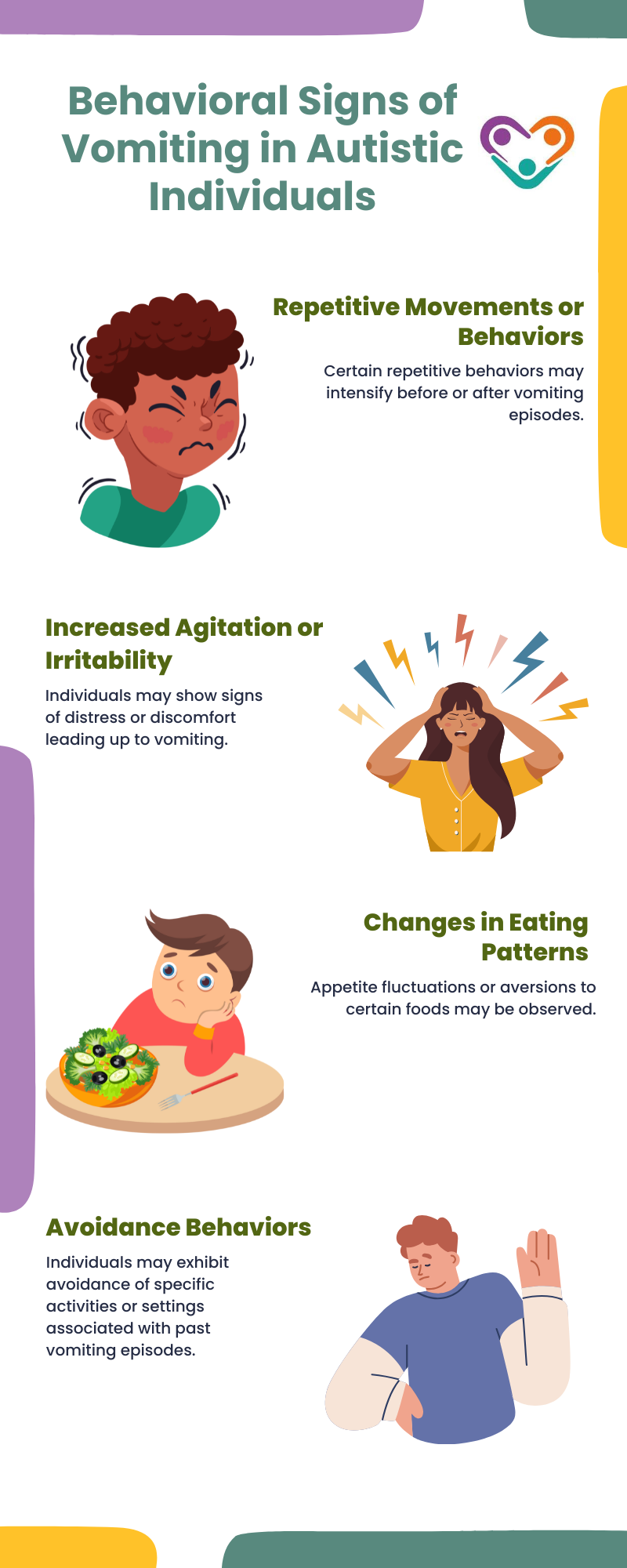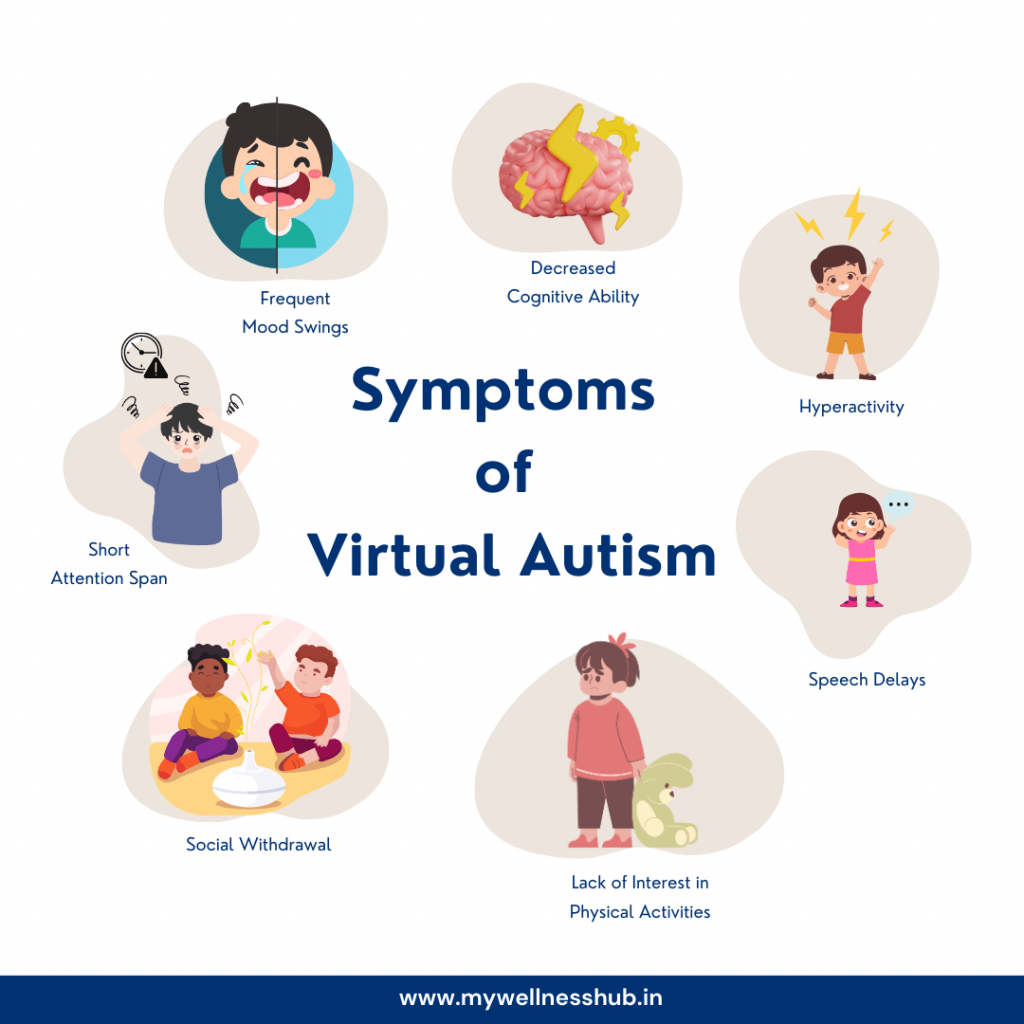Recognizing the Effect of Behavioral Autism on Day-to-day Live and Social Communications
You might not understand exactly how deeply behavioral autism influences life and social interactions. Individuals on the range typically browse a globe loaded with communication obstacles and sensory overload. These challenges can lead to stress and isolation, affecting their connections and general health. Recognizing these subtleties is essential for promoting encouraging environments. What strategies can we carry out to produce more meaningful connections and inclusive areas? The responses might amaze you.
Defining Behavior Autism and Its Characteristics
Behavioral autism, commonly described as autism spectrum problem (ASD), incorporates a range of conditions defined by obstacles in social interaction, communication, and repeated habits. You might see that people with ASD often battle to analyze social hints, which can lead to misunderstandings in discussions. They may find it tough to develop eye get in touch with or participate in small talk, making social situations really feel frustrating.
Interaction troubles can materialize in numerous ways, from postponed speech advancement to a preference for making use of fewer words. Recurring actions, such as hand-flapping or shaking, can act as coping devices to handle tension or sensory overload. These characteristics can exceptionally influence daily life, making it crucial for you to understand and sustain those with ASD. By identifying these characteristics, you can promote a setting that promotes acceptance and urges efficient interaction, helping individuals with autism prosper in their day-to-day interactions.
The Spectrum of Autism: Understanding Variability in Behavior
Autism spectrum disorder (ASD) isn't a one-size-fits-all diagnosis; it varies widely among people. You may discover that some people with ASD show light signs and symptoms, while others may face much more significant challenges. This variability can materialize in behaviors, interests, and sensory sensitivities. You may come across people that are very spoken and involve quickly in conversations, while others may favor singular activities or connect non-verbally.
In addition, the method people with ASD react to sensory input can differ substantially; some could be overwhelmed by bright lights or loud noises, whereas others grow in boosting environments. The range additionally consists of distinctions in social communications; some people may struggle to translate social cues, while others navigate social settings with relative convenience. Comprehending this variability is necessary, as it helps you value everyone's special experience and tailor assistance to their particular demands, promoting an extra inclusive setting for everybody.
Communication Difficulties Dealt With by People With Autism
When you communicate with people on the autism spectrum, you might discover their unique interaction challenges. They usually encounter troubles with both nonverbal and verbal hints, which can affect their social interactions. Comprehending these barriers is vital for fostering far better connections and support.

Verbal Interaction Difficulties
Numerous people on the autism range experience spoken interaction difficulties that can significantly impact their everyday interactions. You may locate it challenging to express your thoughts, feelings, or requires plainly. This can result in stress for both you and those around you, as misunderstandings take place. You may deal with launching conversations, maintaining a subject, or recognizing subtleties in speech. Frequently, you might favor using basic language or recurring phrases, which can restrict your ability to take part in deeper conversations. Your quantity, tone, or speed might not align with social expectations, triggering others to misinterpret your intentions. Acknowledging these obstacles can aid you and your support network establish methods to enhance interaction and promote far better links with others in your life.
Nonverbal Interaction Obstacles
Verbal interaction isn't the only obstacle individuals on the autism range face; nonverbal communication barriers can be simply as considerable. You might locate it tough to interpret body movement, faces, and eye call, which are crucial for efficient communication. These obstacles can result in misconceptions or misconceptions of social cues, making communications really feel complex or frustrating. You might battle to express your very own emotions with nonverbal methods, leaving others not sure of your sensations or intents. This separate can create feelings of seclusion and aggravation. Recognizing these barriers is critical for promoting understanding and compassion in your communications. By addressing nonverbal interaction, you can find approaches to improve your social experiences and improve your total high quality of life.
Social Communication Influences
Social communications can commonly really feel overwhelming because of the one-of-a-kind interaction challenges faced by people with autism. You may fight with interpreting social cues, making it tough to understand sarcasm or body language. This can lead to misunderstandings or uncomfortable moments in discussions. In addition, launching and preserving conversations may feel challenging, causing anxiety in social scenarios. You might like structured settings, making spontaneous communications awkward. It's also usual to experience trouble in taking part in tiny talk, which can impede developing new friendships. Identifying these obstacles can assist you discover techniques to improve interaction, such as exercising social skills in safe setups or utilizing visual aids - Autism Spectrum Therapies. Understanding your requirements allows you to browse social interactions with better self-confidence and ease.
Social Interaction and Connection Building in Autism
While building connections can be go to this site testing for individuals with autism, understanding their special point of views and communication designs can cultivate meaningful connections. You could discover that lots of individuals on the spectrum prefer straight communication and may deal with social hints or tiny talk. By being straightforward in your communications, you can assist develop an environment where they really feel comfortable.
Make the effort to listen and observe exactly how they share themselves. This insight can lead you in guiding conversations better. Participating in shared interests can likewise function as a bridge to deeper connections. Whether it's a leisure activity, a favorite show, or a mutual enthusiasm, these usual threads can open doors to relationship.
Day-to-day Live Regimen: Navigating Techniques and difficulties
Maneuvering day-to-day life routines can be especially testing for individuals with autism, particularly when unforeseen changes happen. To browse these difficulties, take into consideration applying aesthetic routines or checklists.
Developing a routine that includes sensory breaks can additionally be beneficial. You can intend brief breaks throughout your day to charge. It's vital to interact with those around you, letting them recognize your preferences and needs. This helps create an understanding environment.
Last but not least, practice mindfulness strategies to take care of stress and anxiety and anxiousness. Easy breathing workouts or grounding techniques can make a significant distinction. By integrating these techniques, you can enhance your daily routine and decrease disruptions, making life really feel a lot more convenient.
Toughness and Capacities of Individuals on the Autism Range
Comprehending day-to-day live regimens is simply one element of the autism experience. Many individuals on the autism spectrum possess amazing strengths and abilities that establish them apart. You might locate that your focus to detail is remarkable, allowing you to stand out in tasks that need accuracy and emphasis. Your capability to believe outside the box can bring about ingenious services in various circumstances.
In addition, your memory abilities commonly radiate, especially in areas of rate of interest. Autism Spectrum Therapies. This flair for retaining information can make you a useful source in areas like science, art, or technology. You might likewise show solid aesthetic reasoning, enabling you to visualize complex principles and address issues creatively
Additionally, your unique viewpoint on the globe can foster empathy and understanding in others, improving social communications. Welcoming these toughness not just enhances your confidence but also aids others appreciate the varied talents you give the table.
Developing Comprehensive Atmospheres for People With Autism
Creating comprehensive atmospheres for individuals with autism begins with creating sensory-friendly areas that cater to their unique demands. You can likewise cultivate chances for social communication, assisting to develop links and friendships. By making these modifications, you'll add to a much more inviting ambience for everyone.
Designing Sensory-Friendly Spaces
While making sensory-friendly rooms, it's crucial to mirror on the distinct demands of people with autism. Begin by picking soothing colors and soft lights to develop a soothing environment. Include silent zones where people can pull back and recharge when bewildered. You'll desire to decrease loud sounds and interruptions, making use of soundproof materials or white noise machines to assist maintain serenity. Take into consideration responsive aspects like soft textiles or fidget-friendly things that can offer convenience. Determine that rooms are flexible, enabling simple reformation to fit various activities. Lastly, include visual schedules or clear signage to assist individuals navigate the space with confidence. By attentively incorporating these elements, you can develop a welcoming environment that sustains sensory requirements and promotes general well-being.
Advertising Social Communication Opportunities
Designing sensory-friendly rooms not just addresses specific convenience but likewise sets the phase for meaningful social interactions amongst individuals with autism. To advertise these communications, create inclusive environments that invite participation. Organize organized activities, like art the original source courses or team games, that motivate collaboration without frustrating sensory input. Use aesthetic help and clear communication to help everyone involve pleasantly. Motivate peer mentoring, matching individuals with autism with helpful peers that can direct them via social situations. Furthermore, think about hosting regular area occasions that celebrate neurodiversity, cultivating acceptance and understanding amongst all individuals. By carrying out these approaches, you can boost social chances, aiding individuals with autism construct friendships and enhance their social skills in a safe, inviting environment.

Regularly Asked Questions
Just How Can Pals Support A Person With Behavioral Autism?
You can support a pal with behavior autism by holding your horses, paying attention proactively, and appreciating their borders. Participate in activities they take pleasure in, communicate openly, and create a comfy setting where they feel valued and understood.
What Resources Are Offered for Moms And Dads of Children With Autism?
You can explore numerous sources for parents of children with autism, consisting of support system, you can try these out instructional websites, and neighborhood social work. Getting in touch with other moms and dads can additionally give valuable understandings and shared experiences to aid browse difficulties.
Can Behavioral Autism Adjustment Over Time?

Yes, behavior autism can change with time. You may discover changes in interaction, social abilities, and behavior as your youngster grows. Early treatment and assistance often play crucial roles in these developing adjustments.
How Do Sensory Level Of Sensitivities Impact Life?
Sensory level of sensitivities can make everyday experiences overwhelming. You might battle with intense lights or loud sounds, resulting in stress or evasion. Finding settings that fit your requirements can significantly enhance your convenience and overall day-to-day live.
What Prevail Misconceptions Regarding Behavioral Autism?
You could think behavior autism only influences communication abilities, however it's even more facility. Lots of assume individuals do not have empathy or intelligence, which isn't real. Comprehending these false impressions aids foster acceptance and support for those on the spectrum.
Behavioral autism, often referred to as autism range condition (ASD), incorporates an array of conditions identified by obstacles in social communication, interaction, and recurring actions.Social communications can often feel frustrating due to the one-of-a-kind interaction difficulties dealt with by individuals with autism.Creating sensory-friendly rooms not only addresses individual convenience but likewise establishes the phase for meaningful social interactions among individuals with autism. Urge peer mentoring, pairing individuals with autism with encouraging peers that can guide them with social situations. By implementing these strategies, you can improve social chances, assisting people with autism construct relationships and strengthen their social abilities in a risk-free, welcoming environment.